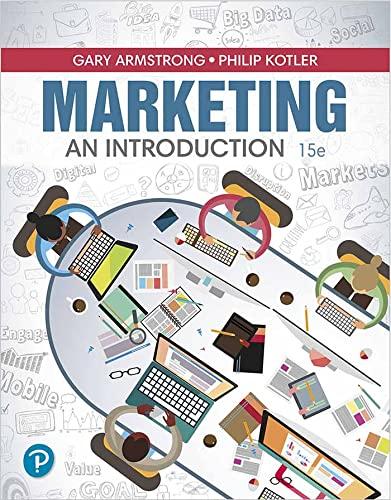The Global Grooming division of Procter & Gamble, which includes Gillette, is experiencing challenges from consumer trends
Question:
The Global Grooming division of Procter & Gamble, which includes Gillette, is experiencing challenges from consumer trends and upstart digital competitors. Gillette and close competitor Schick (an Edgewell brand) have focused on product innovation and higher prices. In 2021, Gillette was the number one razor even though it had experienced years of market share erosion. Gillette continued to innovate and sought to expand its reach by putting more emphasis on grooming tools, purchasing the Bevel brand, which targets Black men, and attempting to acquire a razor startup that sells blades and body-care products to young women. Still, Gillette faces threats posed by the continuing consumer trend of “beardedness,” such as the “scruff” or “stubble” look associated with the more casual workplace. It also faces threats from high-growth direct-to-consumer competitors like Harry’s and Shavelogic. As a result, Gillette’s market share dropped from 70 percent in 2010 to only about 50 percent in 2021. To protect its market leader position, Gillette periodically cuts prices on its razors.
Assuming a contribution margin of 65 percent and current sales of $1.6 billion, what sales would be necessary to break even (that is, maintain the current total contribution) on a 15 percent across-the-board price reduction?
Step by Step Answer:






